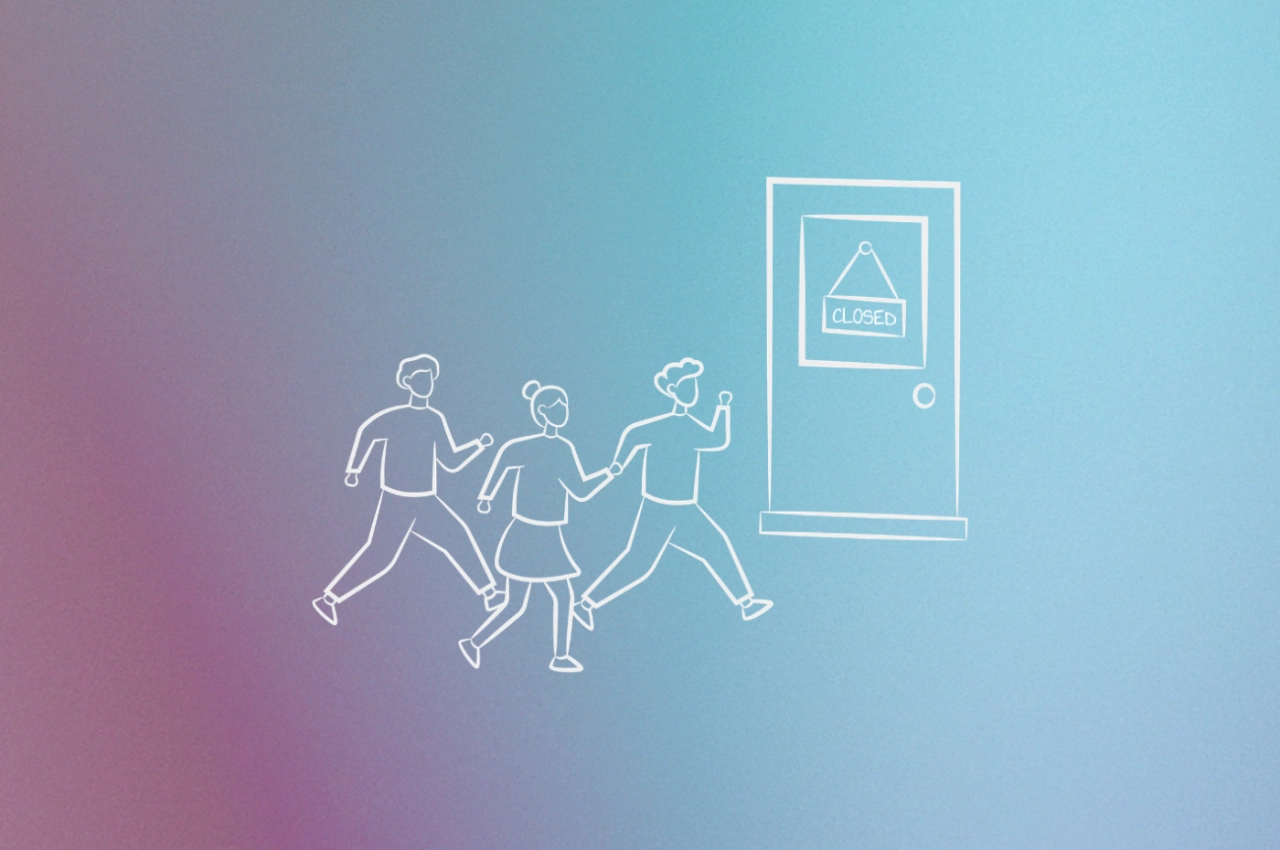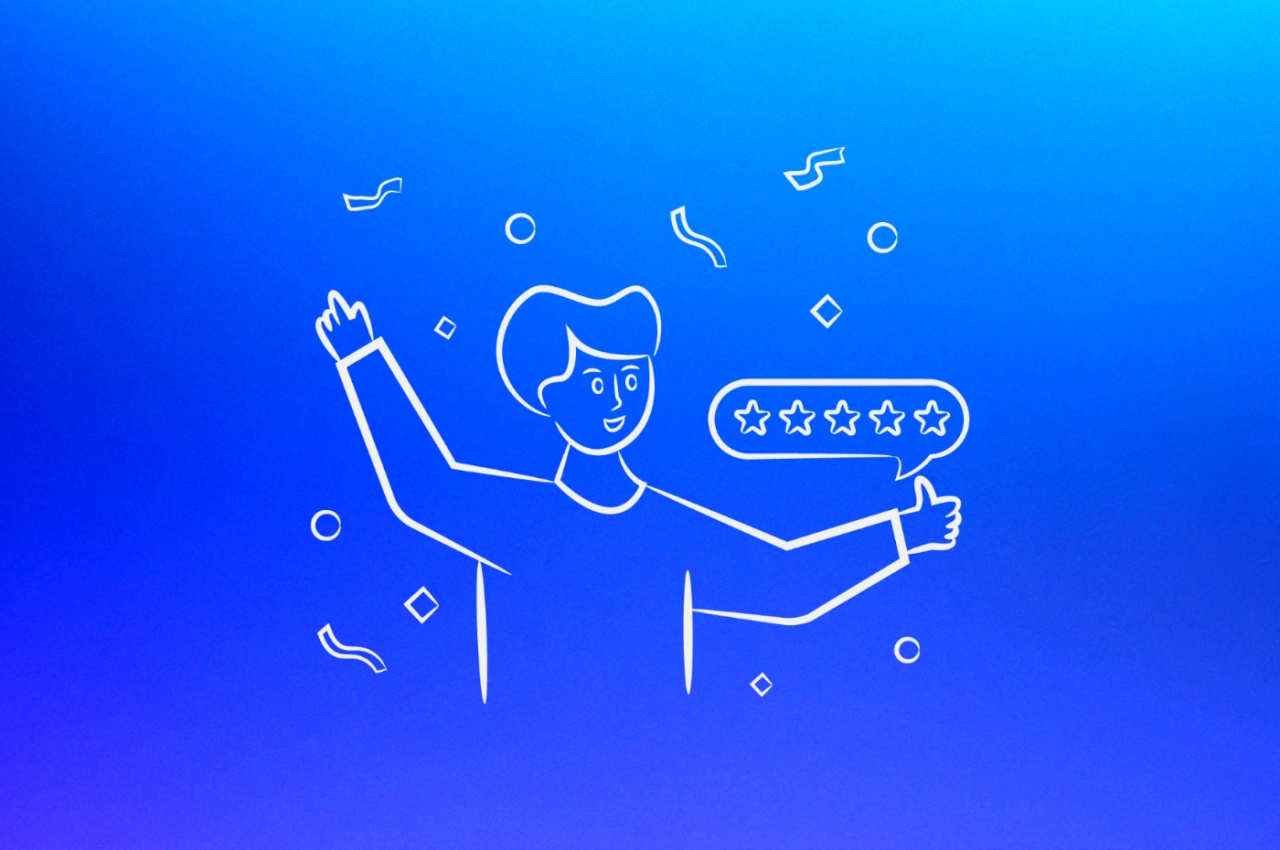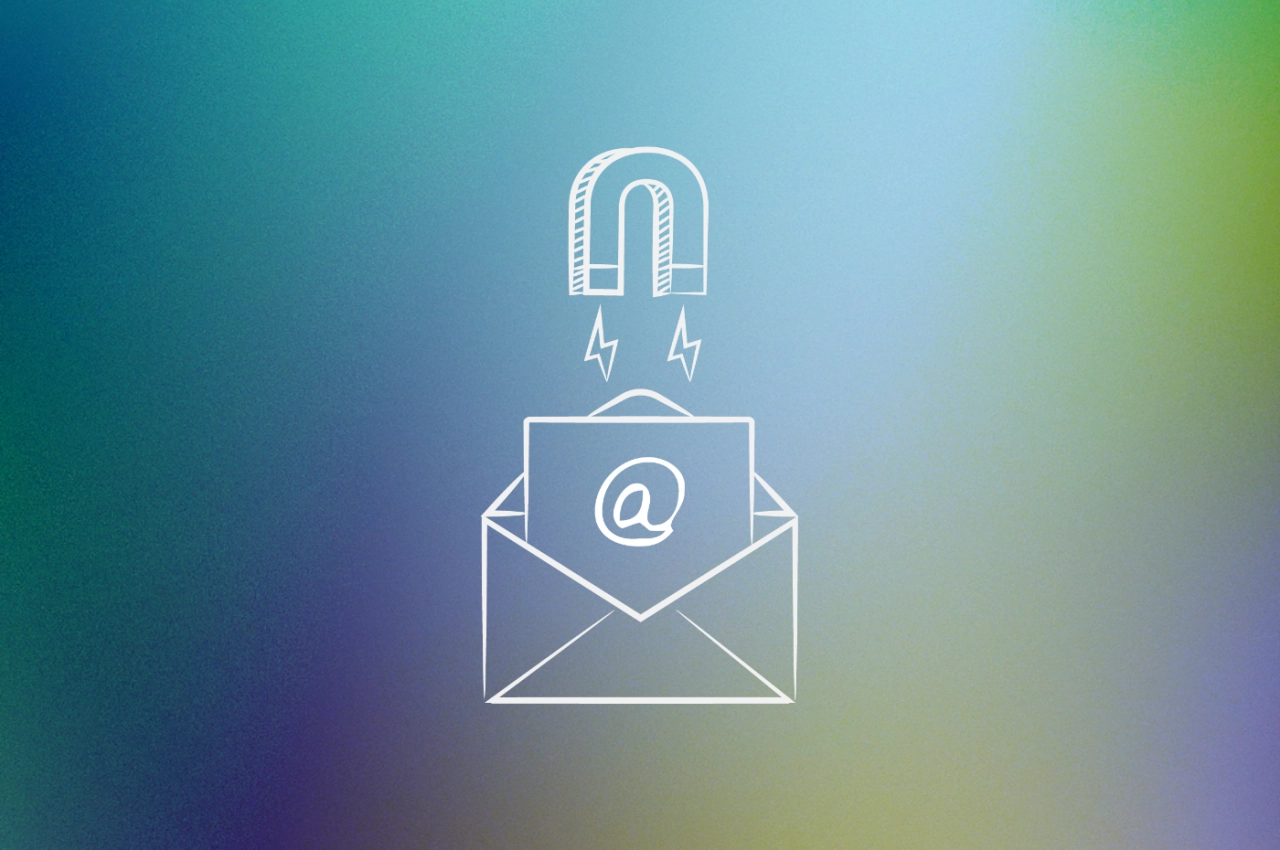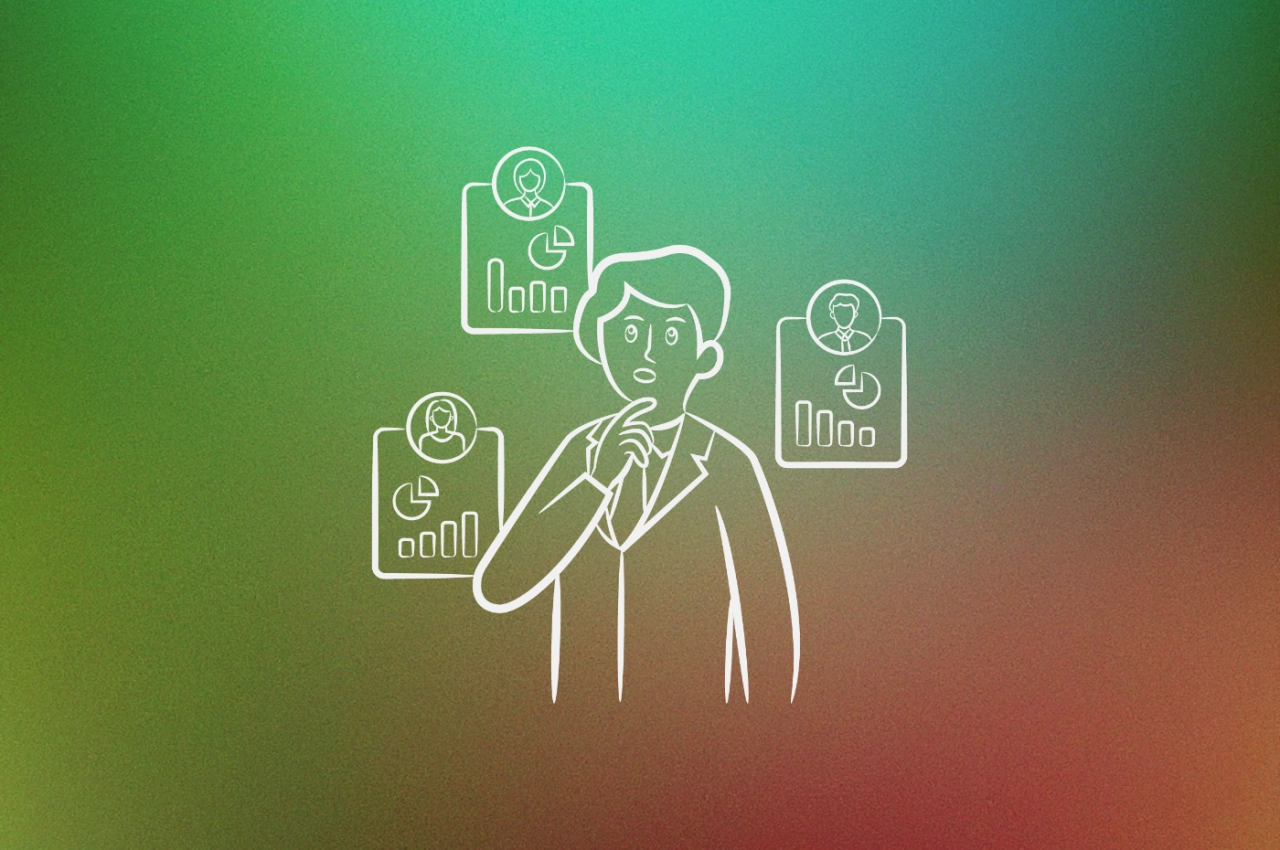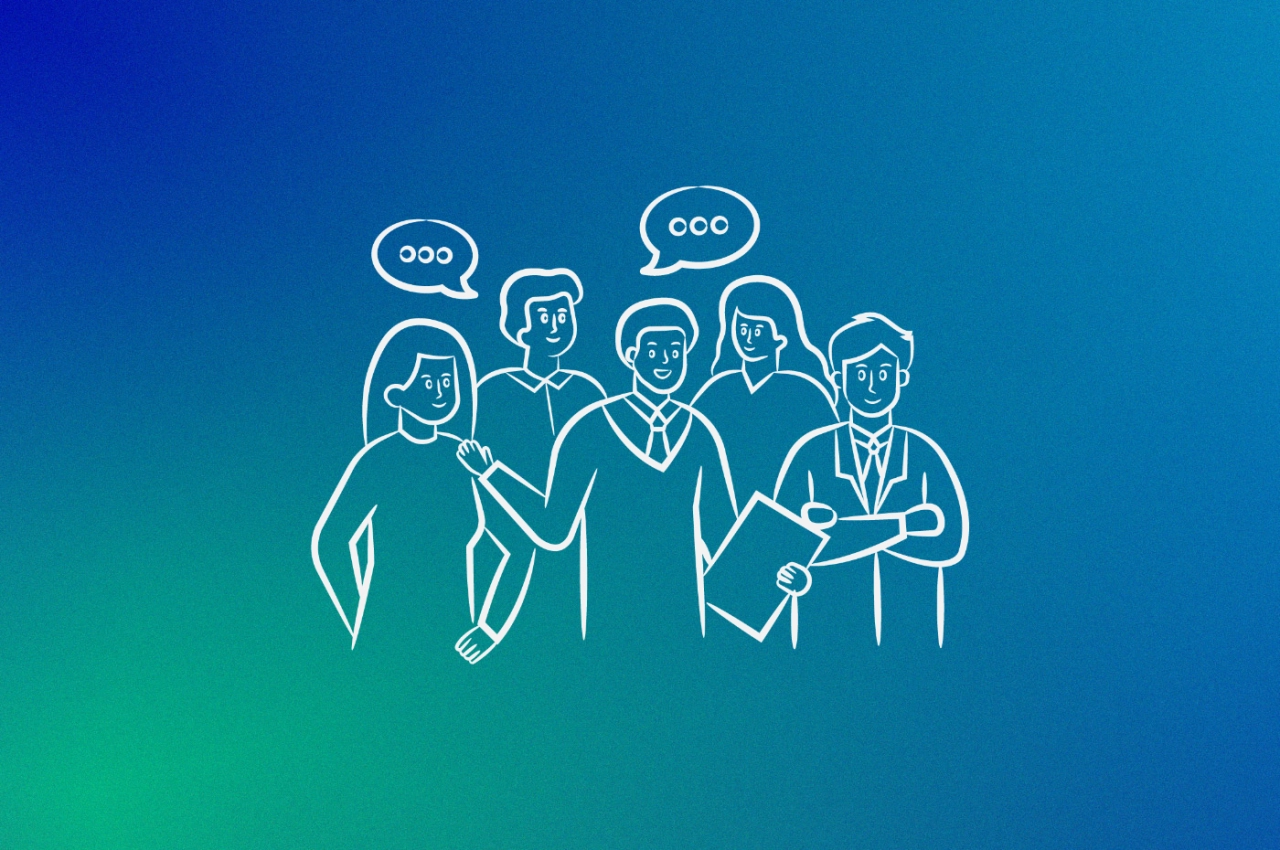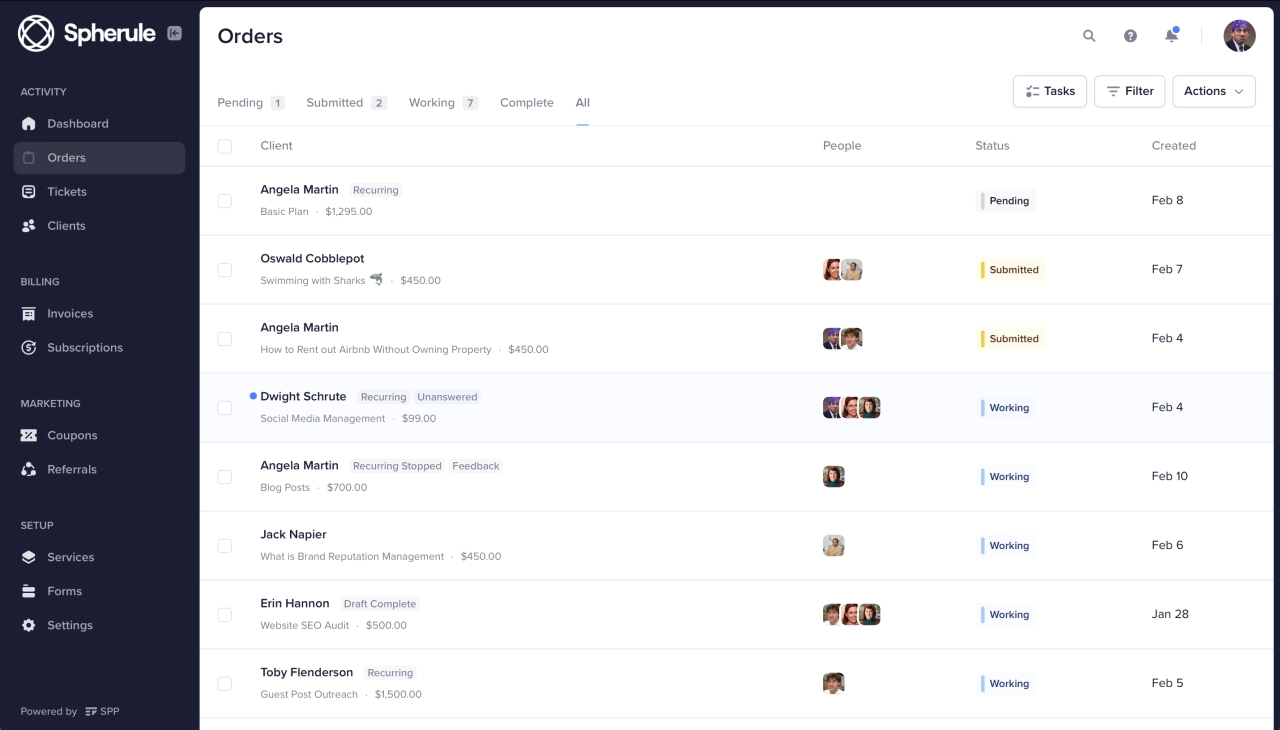- Effective communication is crucial for reducing customer churn, as it involves reaching out to customers before they have issues and updating them about updates to your agency services.
- Personalization can help reduce customer churn by providing valuable service delivery, tailoring effective communication and offers to each segment’s unique needs, and creating a personalized onboarding session with new customers.
- Listening to customer feedback is essential for reducing customer churn, as it shines light on shortcomings in the product or service offering and allows businesses to make improvements based on customer input.
The departure of customers can be akin to experiencing a significant loss. Despite major strategies in place for customer retention, you may start to notice a gradual decline as some discontinue their engagement with your service. This raises crucial questions: Why are my customers leaving? What am I doing incorrectly, and how can I mitigate it?
It’s safe to say you are in the right place to get these answers. Customer churn is expensive; you lose revenue, increase customer acquisition costs, and tarnish your brand’s reputation.
In this article, you’ll learn how to measure, how to reduce chustomer churn, and which tools can help you minimize churn.
What is customer churn?
Customer churn, also known as customer attrition, turnover, or defection, refers to the number of clients who stop ordering your service. These clients either don’t become repeat customers or cancel subscriptions.
There are two types of customer churn:
Voluntary customer churn: This is when a customer intentionally stops using your service because of dissatisfaction. As a business owner, you can control this type of churn.
Involuntary customer churn: Involuntary churn is caused by any factor other than the customer’s choice. What it means, though, is that your customers experienced billing or payment method problems. This is not within your control, as many glitches can occur at any time.
To combat the latter, you can use modern payment processors such as Stripe that help you prevent involuntary churn.
How to measure customer churn?
To measure customer churn, you need to understand what churn rate is all about. The churn rate is the percentage of people who stopped being customers in a particular period of time, such as a year, month, or quarter.
Churn rate formula:
(Lost Customers ÷ Total Customers at Start of Chosen time period) x 100 = Churn Rate
Let’s assume a link building agency used to have 100 customers at the beginning of the month, then loses 30—it retains 70. Based on the rate formula, we can calculate a churn rate of 30% per month.
The question is, how does this churn rate compare to other companies in the same industry? Unfurtunately, it’s not an easy comparision because there aren’t many studies focusing on agencies.
CustomerGauge looked into industry-specific churn rates and found out that they vary for different types of businesses based on competition, market demand, and customer costs. For instance, the median churn rate for IT services is 12% but for professional services it’s 27%.
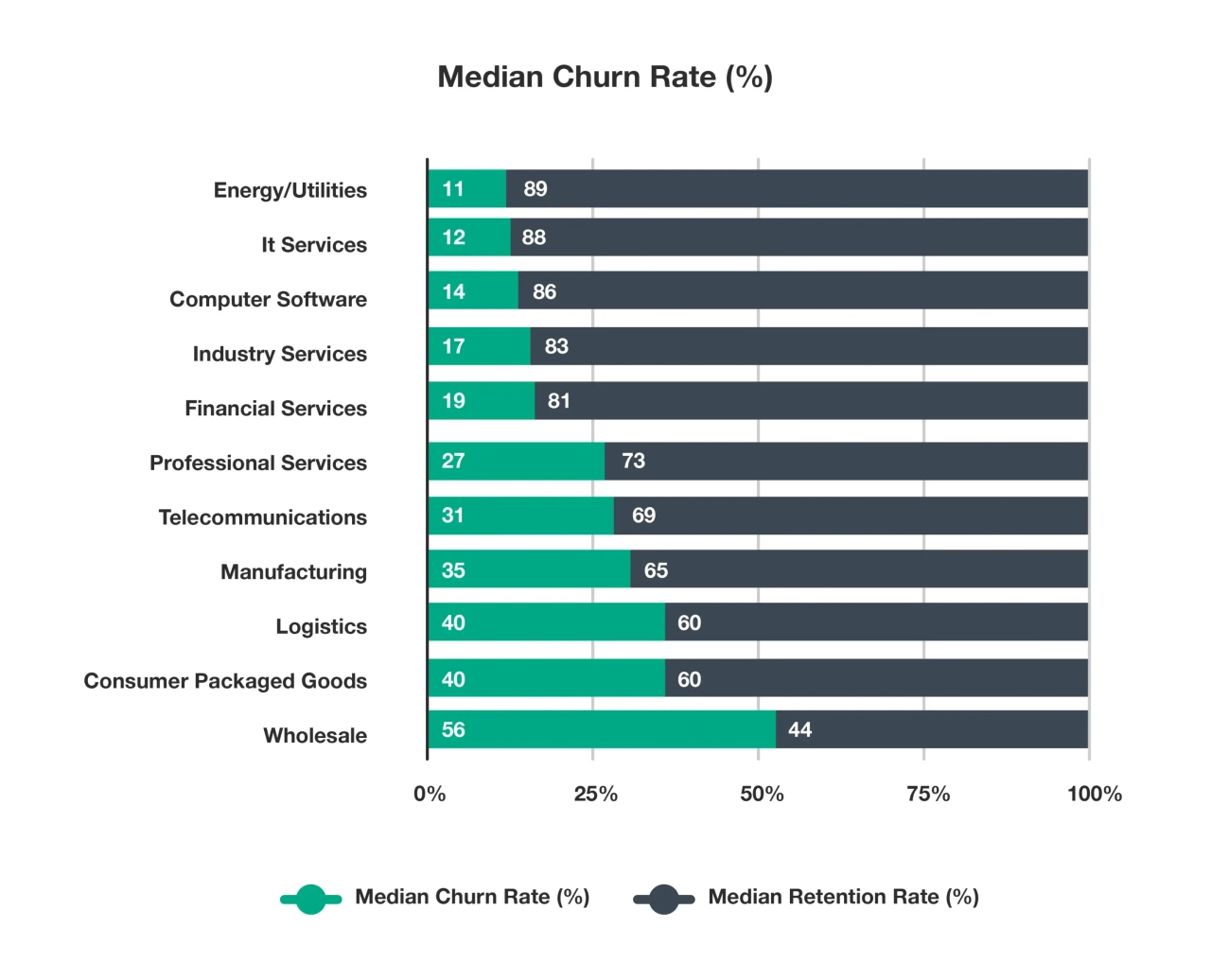
Looking at the churn rate for professional services, we can assume that a churn rate around 30% is acceptable for productized agencies.
7 strategies to reduce customer churn
You have tracked your customer churn, and you’ve seen that it has spiked. Indicating a significant increase in the number of customers leaving over a short period. The next step is to prevent them from leaving.
Analyze churn metrics
Reducing customer churn begins with establishing clear churn metrics, which serve as vital indicators guiding retention strategies. By tracking metrics such as churn rate, customer lifetime value, and average revenue per user, agencies can identify trends and pinpoint areas for improvement.
Subscription analytics tools, such as Baremetrics or ProfitWell, play a crucial role in monitoring and visualizing these metrics. They provide real-time insights into customer behavior, allowing agencies to proactively address issues and optimize retention efforts. By leveraging these tools, agencies can create data-driven strategies that enhance customer satisfaction and loyalty.
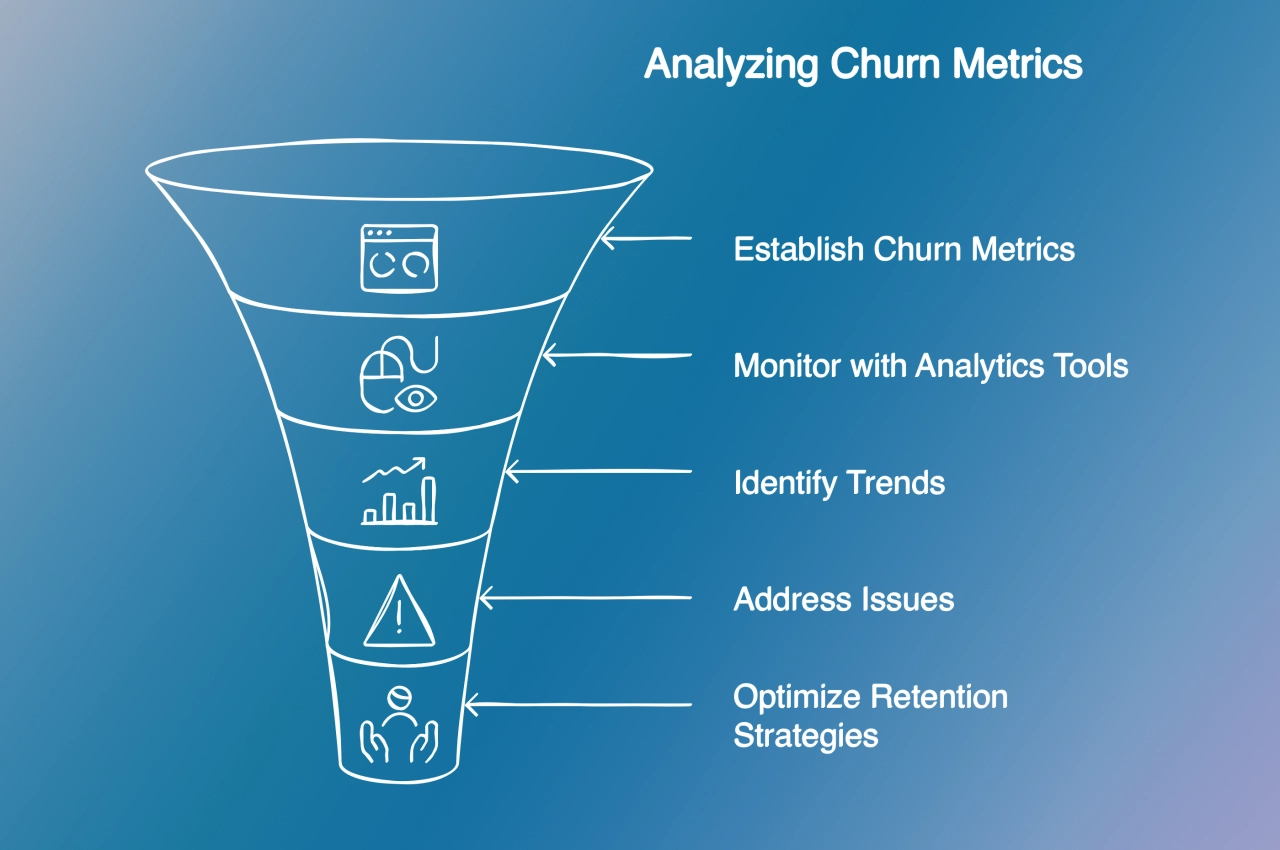
Analyzing churn at different stages of the customer journey is essential. Early-stage churn may indicate onboarding issues, while later-stage churn could signal dissatisfaction with your service delivery.
Develop a competitive advantage
To effectively reduce customer churn, marketing agencies must leverage their competitive advantages. Highlighting unique strengths can differentiate your services and keep clients engaged. For instance, emphasizing proprietary technologies or exclusive industry insights can make your agency indispensable.
At Service Provider Pro, our competitive advantage is that we offer a tool agencies rely on to scale their business, and we provide exceptional customer support. Our platform addresses multiple pain points, making it difficult for clients to switch to competitors.
Aligning business areas to showcase these advantages is crucial. Ensure your marketing, sales, and customer service teams consistently communicate your unique value propositions. This alignment reinforces your agency's position as a leader in the market, reducing the likelihood of client churn.
Track customer journey analytics
Customer journey analytics helps you nail down why customers are leaving. It helps you analyze customer behavior and see how they interact on the customer journey map.
Understanding their behaviors means you can fix bad experiences, thereby helping you meet their expectations and reduce the risk of churn. To get the most out of customer journey analytics, you need to map your customer’s journey.
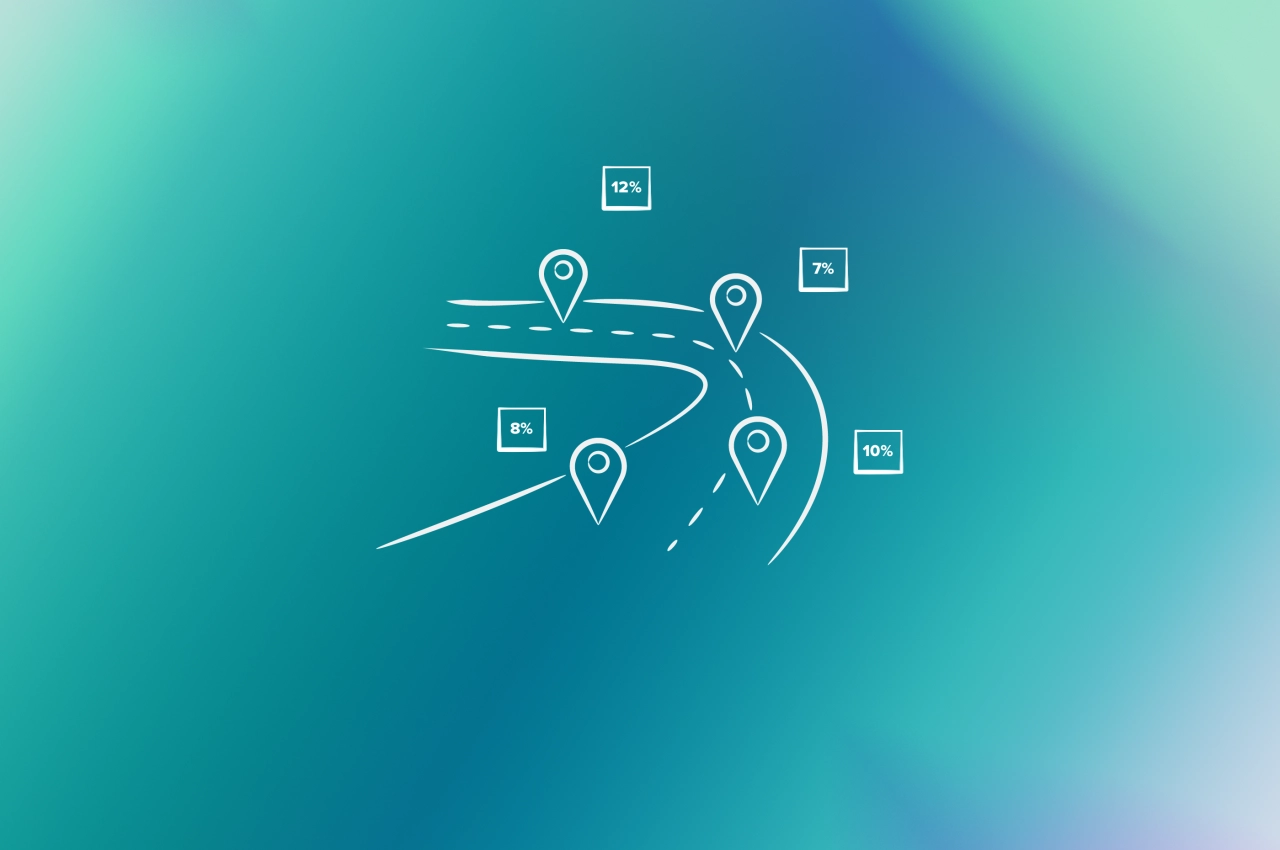
To streamline the process, consider utilizing customer journey analytics tools. They can help identify where customers drop off at crucial stages. For instance, you might discover a significant churn rate following the onboarding of new customers. This is a clear signal that the onboarding experience did not meet their expectations.
The next step is to use customer journey mapping tools which helps you visualize all steps customers go through in their journey. While this process isn’t easy, it helps you better understand what your customers are doing, where they struggle, and help them overcome those challenges.
Implement the NPS
For the past two decades, the net promoter score (NPS) has been an essential metric for evaluating customer experience. NPS gauges the likelihood of customers recommending your agency to others. This score is derived from survey responses, in which customers are asked how likely they are to recommend your business to friends and acquaintances.
Use the NPS survey to uncover customers’ pain points and friction in the customer journey leading to churn.
Depending on the response of your customers, they are likely to fall into three major categories:
Promoters: These customers are loyal and are ready to become brand evangelists. They often respond with a score of 9 or 10.
Passives: They are neither cold nor hot. They are satisfied with your service but not happy enough to be considered promoters.
Detractors: In the context of customer churn, you should focus on minimizing detractors. These are unhappy customers who are unlikely to buy from you again, and may even discourage others from buying from you.
Segment your customer base with the help of their NPS scores. This allows you to tailor strategies and campaigns to their pain points, needs, and expectations. After identifying detractors and passives, the next step is to implement personalized solutions to turn them into promoters.
Bank on personalization
McKinsey’s Next in Personalization 2021 report reveals that companies that excel at demonstrating customer intimacy generate faster revenue growth than their peers.
The same study revealed that 71% of consumers expect companies to deliver personalized interactions. 66% get frustrated when this doesn’t happen, and the frustrated ones end their stay as customers.
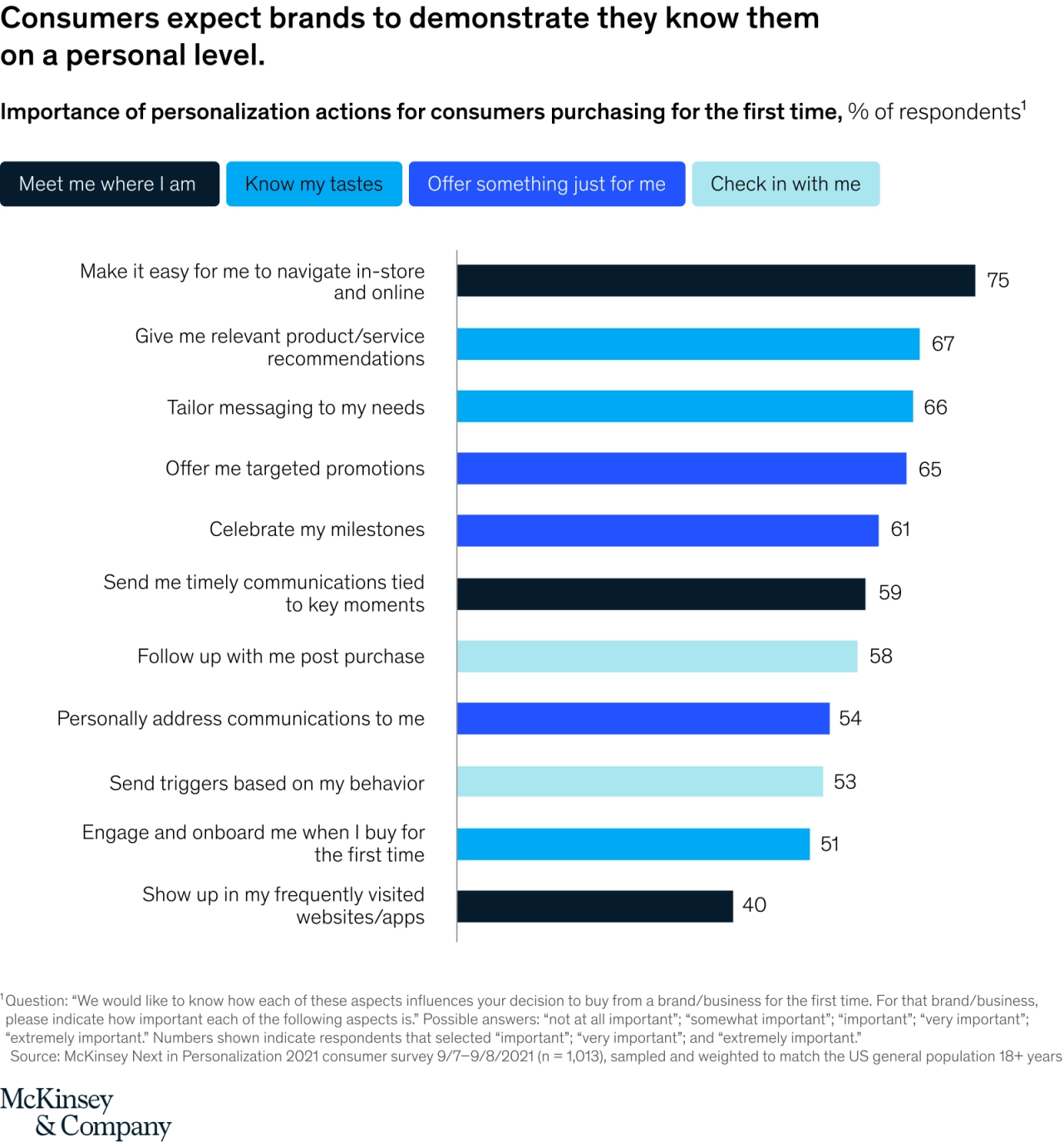
So, how do you reduce customer churn? Bank heavily on personalization. This involves personalizing specific stages of your customer’s journey, including agency client onboarding, service delivery, and customer interaction.
Employ effective communication
Effective communication with clients involves being proactive and figuring out if problems could arise before they do. Most agencies are sadly dragging their feet when it comes to proactive communication, instead, their clients only hear from them when their subscription expires. My recommendation: Get a feel for your customer’s expectations, note it down on a per-client basis, and reach out as often as needed.
In Service Provider Pro, you can make use of the CRM fields, and use them to set a contact frequency:
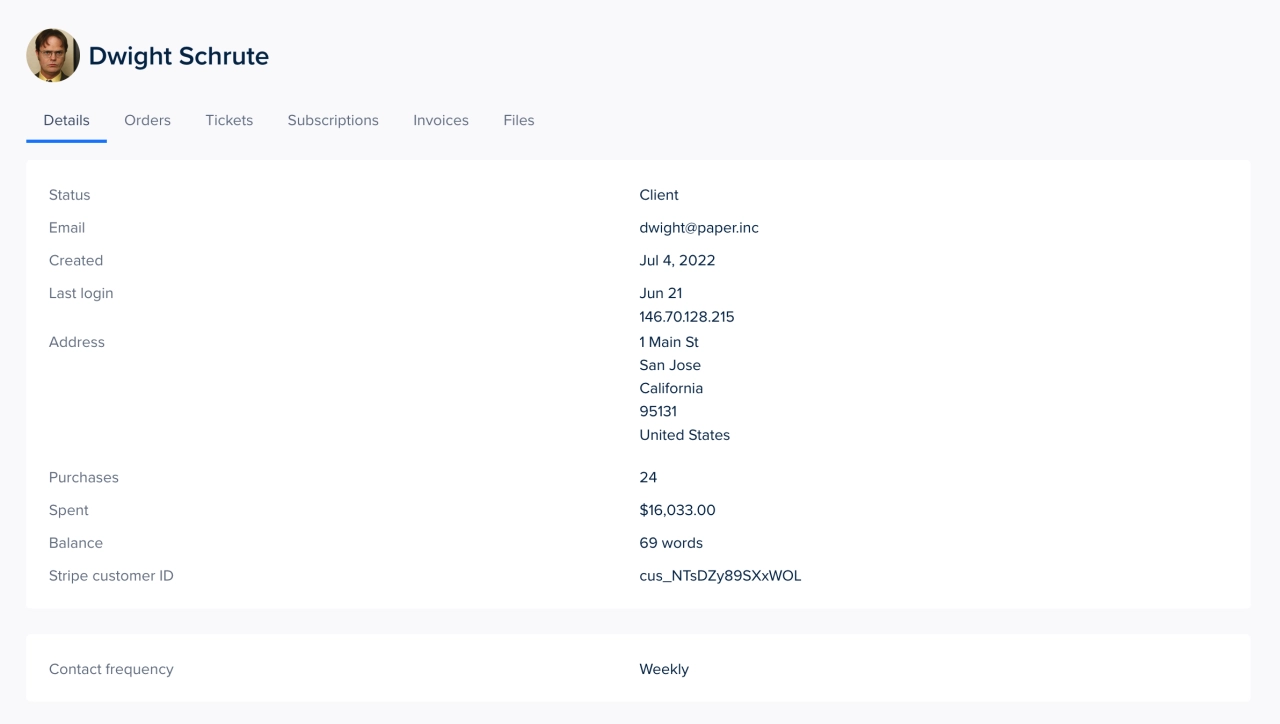
One of the reasons I’m mentioning the contact frequency is that not all customers are the same. Some of them prefer a more hands-on approach and appreciate you keeping them in the loop about everything. Others would rather only be updated about important things, such as milestones or when their order is finished.
Listen to customer feedback
Nothing replaces customer feedback when it comes to reducing customer churn. It shines light on shortcomings in your service and customer experience. Because most times, the issue might be your product offering or service delivery.
There are two ways to listen to customer feedback:
Through customer churn feedback survey: this survey is conducted to understand the reason why customers are leaving. For example, when someone contacts you to cancel their subscription, you can ask simple, polite questions to see if they have any feedback.
Organizing interviews with existing happy customers: beyond the negatives, you need positives. Talk to happy customers, find out why they enjoy your service. Use the key points from these meetings to improve customer experience.
Offer incentives
Incentive-based retention strategies are powerful tools for reducing customer churn. By offering exclusive discounts, loyalty rewards, or bonus features, agencies can increase customer satisfaction and build long-term relationships. Tailoring incentives to customer preferences ensures they feel valued, increasing the likelihood of continued engagement.
Retention campaigns, such as referral programs or anniversary rewards, further amplify these efforts. These campaigns not only reward existing customers but also encourage them to advocate for your brand, driving new business while retaining current clients.
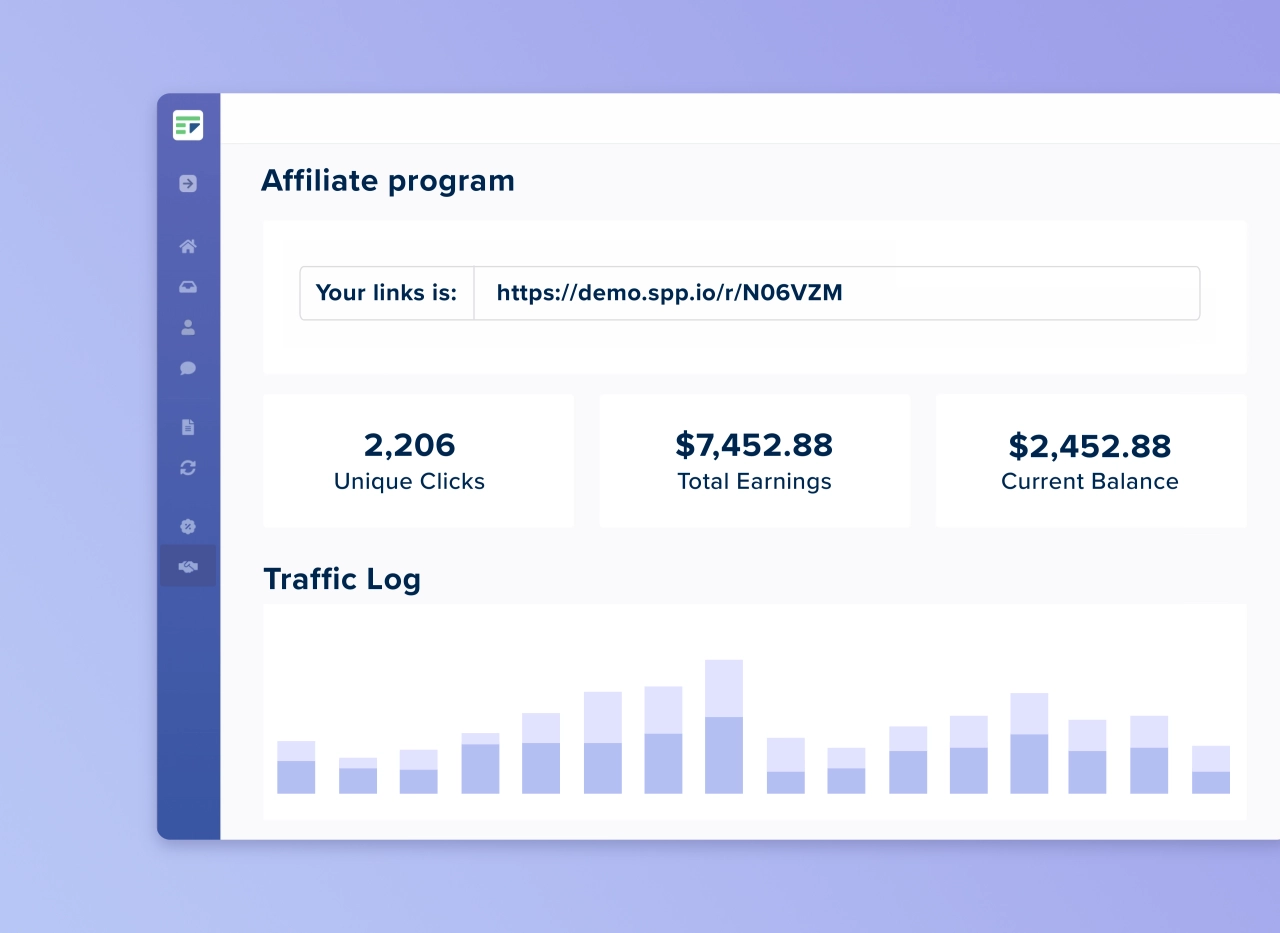
Convert your clients into brand ambassadors.
Additionally, offering long-term contract options can serve as a retention strategy. By providing discounts or added benefits for extended commitments, agencies can secure customer loyalty and stabilize revenue streams. This approach also allows for better resource planning and focused customer support, further enhancing the overall client experience.
Tools to understand and reduce customer churn
There are many tools that can help you carry tasks when it comes to implementing the above listed strategies. Ranging from CRM, to email marketing, down to customer onboarding portals. Let’s take a look at each with its key functionality.
CRM: Service Provider Pro’s CRM feature
At SPP, we have a CRM feature that helps keep your contacts, leads, and clients In one place. With it, you can effectively manage data that’ll help you map out your customer journey.
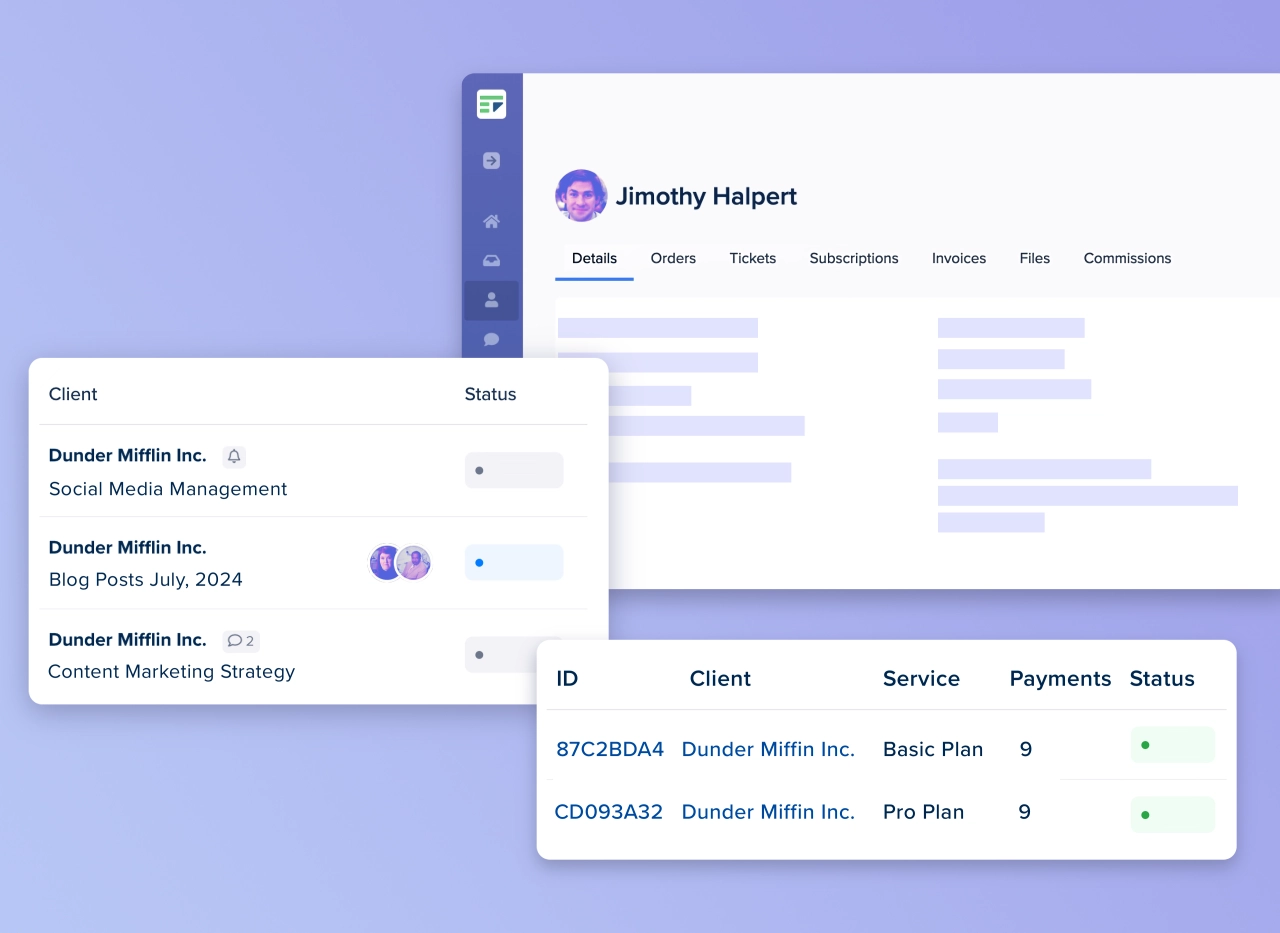
Keep all your client data securely stored in one place.
You can see when a customer creates an account and even when they perform actions in your client portal. This information, along with others, provides insights on how to reduce churn.
Email marketing tools: MailChimp
Email marketing tools like MailChimp can help you create highly personalized and interactive emails for your customers. For instance, you may send emails when invoices are paid, provide weekly or monthly reports to keep clients informed or request client feedback to improve services. This reduces customer churn because it makes customers feel cared for.
With MailChimp, you can segment your subscribers based on their purchasing behavior. Additionally, you can analyze customers who are up-to-date with your updates.
Customer onboarding tools: SPP’s onboarding page builder
With SPP’s onboarding page builder, you can create an onboarding page for your clients to make it easier for them to use your client portal. You can find the onboarding page builder in Settings → Onboarding.
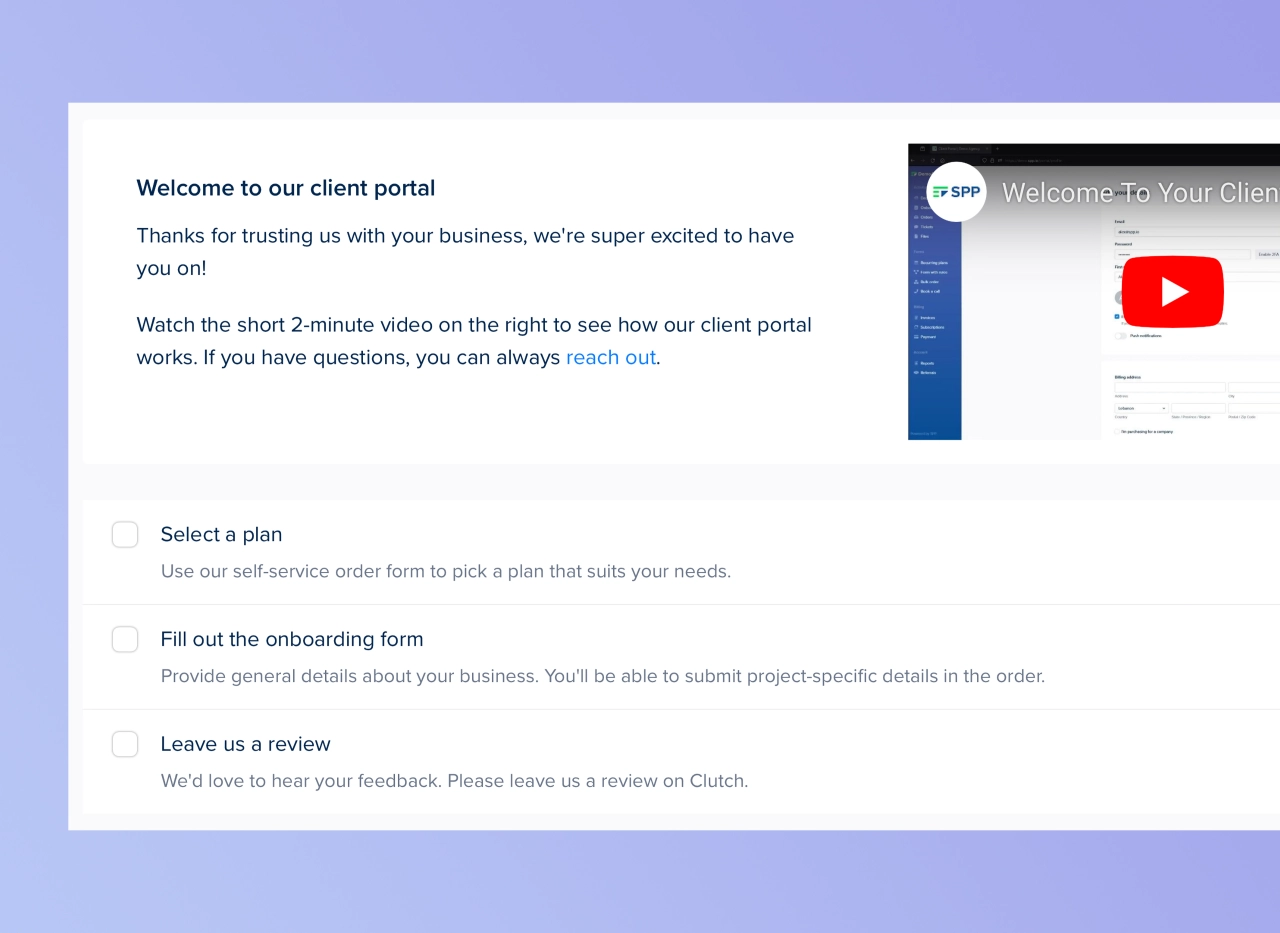
Streamline & automate your client onboarding.
With the onboarding page builder, you’re able to control the customer journey more easily, give your clients instructions what to do next, and keep an eye on their activities. Your customer success team can intervene if certain actions aren’t taken, for instance, if they don’t check off the tasks.
Customer analytics tools: Google Analytics
Google Analytics is a powerful tool that can help you understand your customers’ behaviour by providing you with insights into customer demographics, interests, and other data points. With its robust reporting features, you can analyze how users interact with your website or client portal, identifying patterns and trends to inform targeted marketing strategies.
By leveraging a data-driven approach to customer analytics, you can create buyer personas, optimize landing pages, and measure the effectiveness of campaigns. Set up Google Analytics inside your SPP client portal and start making data-informed decisions that drive real results.
Customer feedback tools: SPP’s ticket ratings
If you want to reduce customer churn, you need tools that can help you get customer feedback. One such example is SPP’s ticket ratings and contact form.
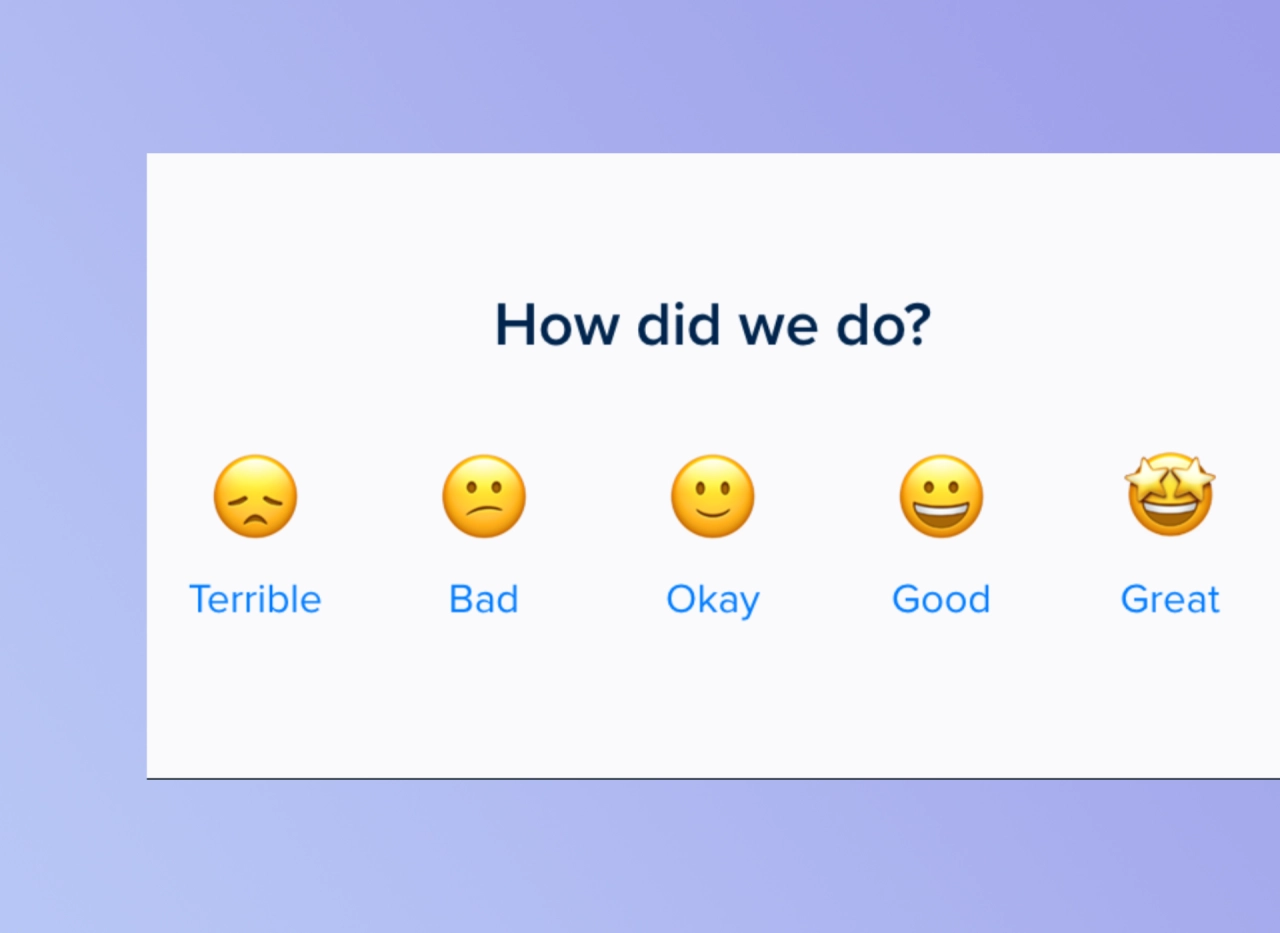
Receive ratings for your projects and tickets.
SPP allows you to set up contact forms for various purposes, such as quote requests, support queries, and feedback collection. With ratings and custom statuses, you can track and prioritize support requests based on their urgency and importance.
Social media monitoring tools: Sprout Social
Social media monitoring tools help you track your agency’s social engagements. Behind the scenes, customers are talking and commenting about your services. What these tools do is that they help you gather data to inform your future customer retention strategies.
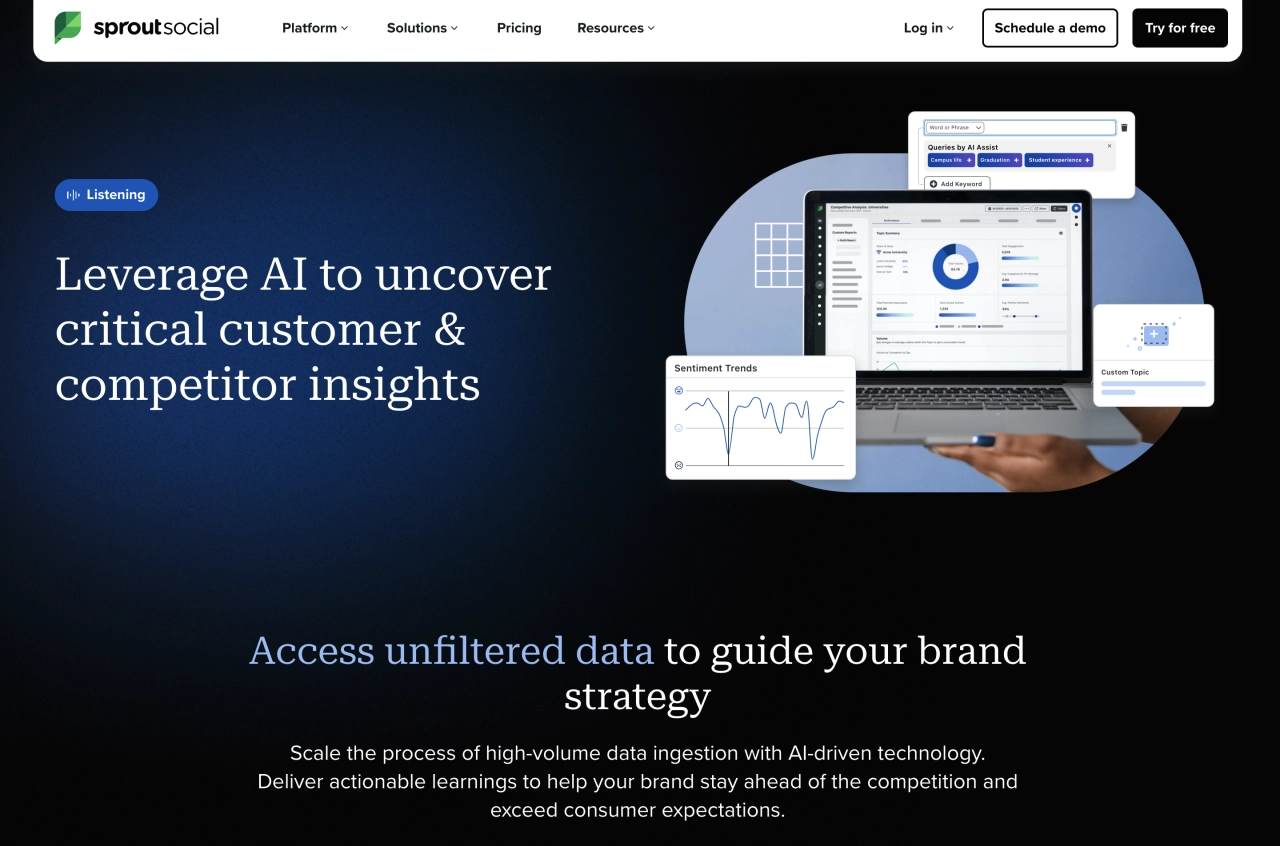
With Sprout social’s smart inbox, you can unify customer messages, enabling quick monitoring and response to customer inquiries. Sprout’s Smart Inbox provides a real-time, up-to-date list of your social interactions. This includes communications between leads, followers and customers.
It also serves as a social listening tool by monitoring customer sentiment and conversations about your brand.
Customer segmentation tools: Klaviyo
Klaviyo is a cutting-edge marketing automation platform designed specifically for e-commerce businesses. Its powerful segmentation capabilities allow agency owners like yourself to divide your customers into targeted groups based on their behaviors, preferences, and demographics. You can create highly personalized email campaigns that resonate with each group, increasing engagement rates and driving conversions.
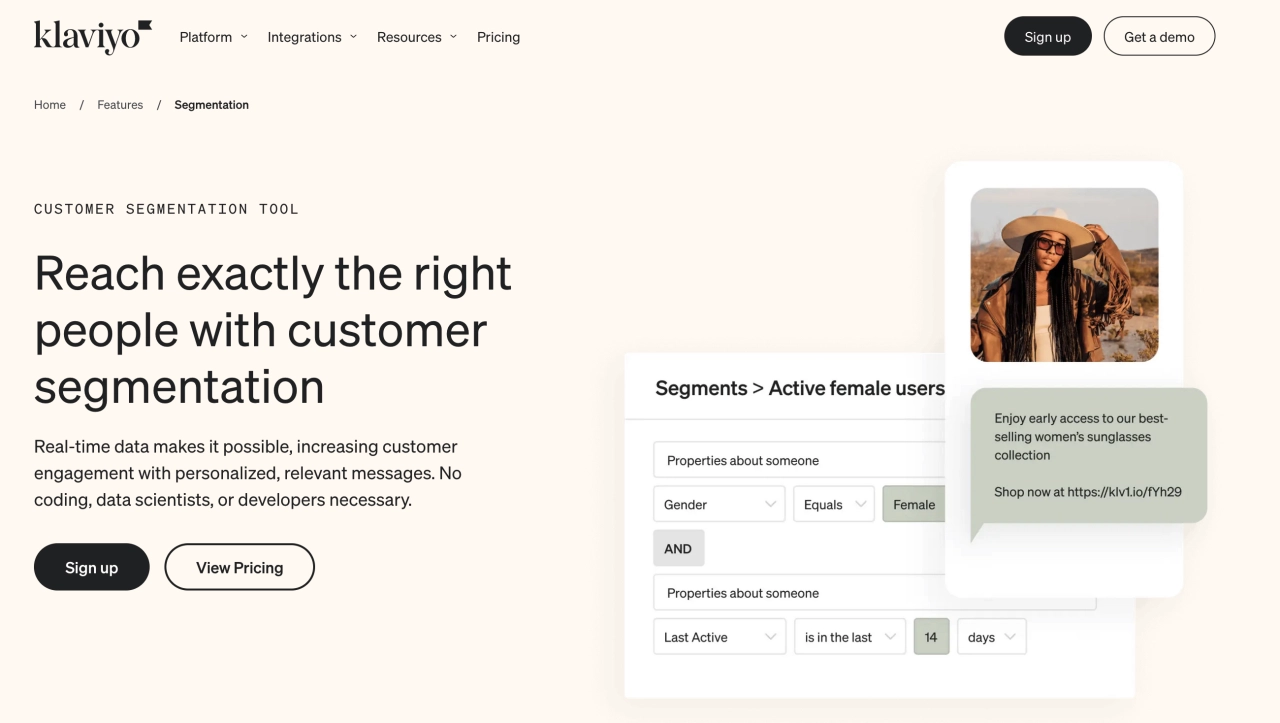
Klaviyo’s segmentation capabilities are unmatched in the industry, allowing you to filter customers by purchase history, browsing behavior, search queries, and more. You can also use Klaviyo’s AI-powered algorithms to automatically identify patterns and anomalies in your customer data, revealing new opportunities for targeted marketing campaigns.
Heatmap tools: Mouseflow
Mouseflow is a website behavioral analytics tool designed to help companies of all sizes – from small businesses to enterprises–understand how visitors interact with their websites, identify usability issues, and improve conversion rates.
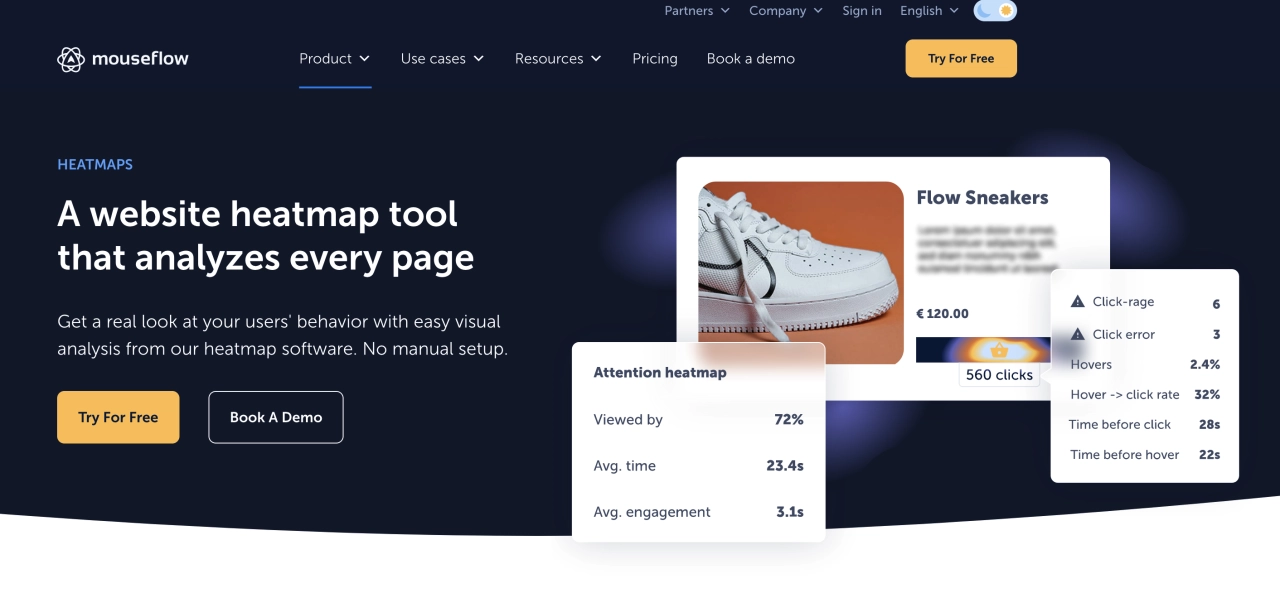
Akin to a weather heat map, Mouseflow’s heatmap identifies areas using colors to indicate where users are dropping off or experiencing frustration. This allows you to address friction points and reduce the probability of churn.
Frequently asked questions
Which activity reduces the risk of churn?
Valuable service delivery is a surefire activity that reduces the risk of churn. It is a proactive approach because it aims to avoid churn in the first place. So, ensure you are delivering on your promises.
How effective is customer segmentation in reducing churn?
It is very effective because it provides real-time insights about different customer segments. These insights can help you tailor effective communication and offers to each segment’s unique needs.
Can personalization help in reducing customer churn?
Yes, it can. For instance, if you have a personalized onboarding session with a new customer and you share access to customized implementation sets for their business, this can keep them happy in the long run because they get access to perks they never expected.
How much should a company invest in reducing customer churn?
As much as you can until you see a visible reduction in churn. Most business owners make the mistake of waiting for churn rates to increase. Don’t wait; ensure your customers get the best experience.
How can I measure the success of my efforts to reduce customer churn?
You can measure the success of your efforts by running a monthly churn rate checkup. After implementing these strategies, go back to the formula and calculate again. Additionally, you can measure success by talking to customers and asking them what has changed since the last time they encountered your service.
Make your customers stay
To reduce customer churn, marketing agencies must prioritize effective communication, listening to customer feedback, and personalization. This involves frequent updates through various touchpoints, such as email marketing tools like MailChimp, SPP’s CRM features, and customer analytics tools like Google Analytics.
By understanding customers' pain points and friction in the journey leading to churn, agencies can tailor strategies and campaigns to their needs, increasing loyalty and reducing customer concentration.

